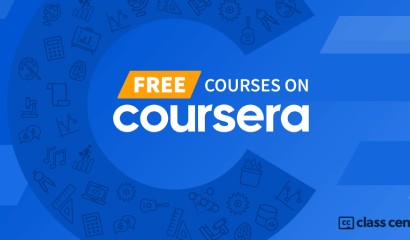Experiments, Self Reports, Case Studies, Observations, Correlations, Research Process, Variables, Sampling participants, Data & Data Analysis, Ethical Considerations, Evaluating Research.
Topic:
- Experiments
- Self Reports and Case Studies
- Self Reports and Case Studies
Please note that I have abbreviated ‘Participants’ to ‘Ps’ throughout the website.
The Independent Variable (IV) is the variable that is manipulated by the researcher to check its effect on the dependent variable.
The Dependent Variable (DV) is the variable being measured by the researcher.
Research Methods
- Experiments look for a causal relationship in which an independent variable is manipulated to cause a change in the dependent variable.
- Experiments look for a causal relationship in which an independent variable is manipulated to cause a change in the dependent variable.
- Experiments look for a causal relationship in which an independent variable is manipulated to cause a change in the dependent variable.
- Experiments look for a causal relationship in which an independent variable is manipulated to cause a change in the dependent variable.
| Experriment Type | |||
| Laboratory | Feild | Natural | |
| Strengths |
|
|
|
| Weaknesses |
|
|
|
Experimental Design: how participants are allocated to the conditions of the study. Experimental Design types:
- Experiments look for a causal relationship in which an independent variable is manipulated to cause a change in the dependent variable.
- Experiments look for a causal relationship in which an independent variable is manipulated to cause a change in the dependent variable.
- Experiments look for a causal relationship in which an independent variable is manipulated to cause a change in the dependent variable.
- Experiments look for a causal relationship in which an independent variable is manipulated to cause a change in the dependent variable.
Self Reports
A correlation is a statistical relationship that suggests the probability of a true relationship between the IV and DV of the study. A correlational relationship is not necessarily a causal relationship.
To make sure whether a correlational relationship is causal, the two variables must be investigated in a laboratory environment where extraneous variables are controlled.
Research Process
Operationalisation: defining variables to accurately manipulate, measure, quantify, and replicate.
Pilot studies are conducted to analyse the technical and financial risks and to assess the feasibility of the study. Any plausible confounding variables are found and controlled to ensure it does not affect the real trial.
Standardised procedures are important to ensure that all participants undergo the same procedure. This helps to increase reliability and replicability.
Self Reports
A correlation is a statistical relationship that suggests the probability of a true relationship between the IV and DV of the study. A correlational relationship is not necessarily a causal relationship.
To make sure whether a correlational relationship is causal, the two variables must be investigated in a laboratory environment where extraneous variables are controlled.



